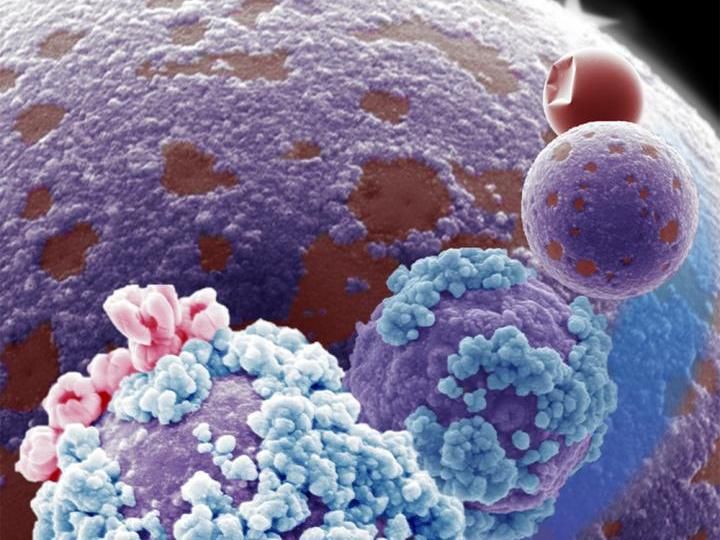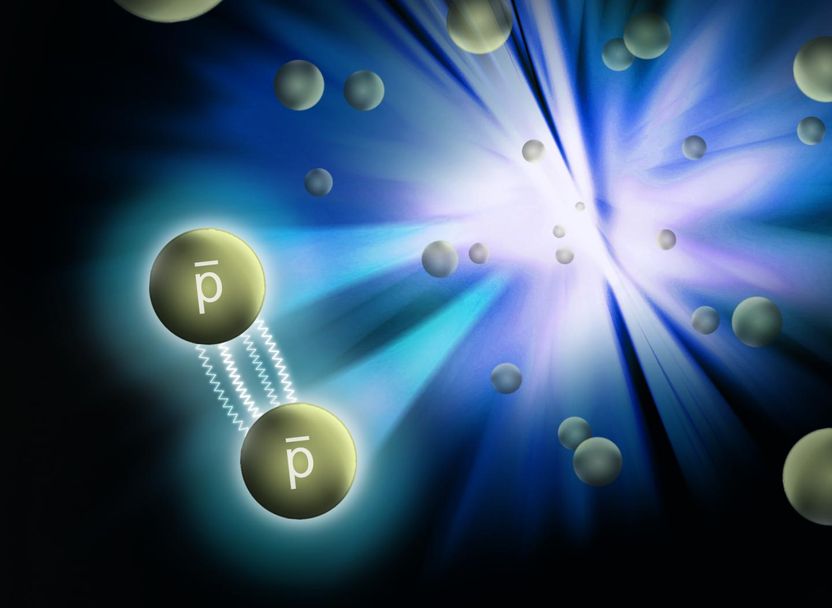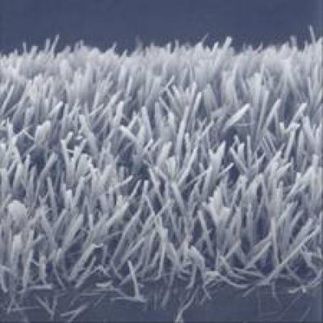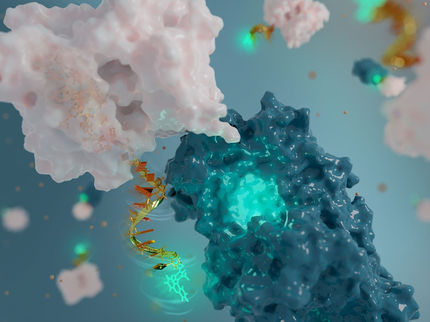Maize and milk proteins can replace fossil fuels and metals in the production of nanostructured surfaces
Sustainably produced nanotechnology
New research results from Linnaeus University opens for a future with more sustainably produced nanotechnology, where limited natural resources can be replaced with, among other things, maize and milk proteins.

Symbolic image
Unsplash
Nanotechnology can be found almost everywhere in our daily lives, although it is nearly impossible to see. Nanostructures are materials that have been processed at the atomic level to obtain desired material properties. They are used, for instance, in electronics, diagnostics, and as surface treatments for textiles. Nanotechnology has become an indispensable part of modern life.
Given the wide range of areas of use, it becomes important to develop ecologically sustainable production methods and materials in nanotechnology. The production methods used today often require limited natural resources.
“Today, nanostructures are produced from many different types of metals and materials derived from fossil fuels”, explains Ian Nicholls, professor of chemistry at Linnaeus University.
Nicholls and his research colleague Subramanian Suriyanarayanan have developed nanostructured surfaces made from natural raw materials found in maize, milk, and crayfish shells. The study, that was published in the journal Scientific Reports, shows that it is possible to create sustainable solutions from biomaterials.
Readily available materials
The researchers studied the usability of three renewable and readily available raw materials: zein (a naturally occurring protein found in maize), casein (a type of milk protein), and chitosan (a substance present in, among other things, crayfish shells). The results showed that readily available biomaterials such as these can be used as raw material for nanostructures.
A challenge concerning the use of new biomaterials is how to preserve the properties of the materials over time. In order to come up with an answer to this, the researchers chose to store the nanostructures made of zein, casein, and chitosan for six months and then study how their material properties had changed. Above all, the maize protein zein demonstrated stable results: After six months, no significant differences could be seen in the quality of the nanostructures, which signals promising properties. However, the results were not as good for the nanostructures that had been produced from casein and chitosan, these did not demonstrate the same good stability.
More research projects underway
Nonetheless, the study points to the possibility to replace fossil fuels and metals in nanotechnology in the future. More research projects are underway to continue to study the possibility to use renewable and readily available raw materials.
“Nanotechnology products are of great benefit to society and it is highly likely that the demand will increase in the future. Therefore, it is very important that these can be produced in a resource-efficient and fossil-free way – which we, through our research, have proved is possible”, Nicholls concludes.
Original publication
Other news from the department science

Get the chemical industry in your inbox
By submitting this form you agree that LUMITOS AG will send you the newsletter(s) selected above by email. Your data will not be passed on to third parties. Your data will be stored and processed in accordance with our data protection regulations. LUMITOS may contact you by email for the purpose of advertising or market and opinion surveys. You can revoke your consent at any time without giving reasons to LUMITOS AG, Ernst-Augustin-Str. 2, 12489 Berlin, Germany or by e-mail at revoke@lumitos.com with effect for the future. In addition, each email contains a link to unsubscribe from the corresponding newsletter.
Most read news
More news from our other portals
Last viewed contents
Activin
TGF_beta
Basell launches new Metocene metallocene-based polypropylene grade targeted to customer TWIM
Eindhoven researchers observe shell growth thanks to 'ion sponge' - Revolutionary microscope technology confirms 30-year-old theory
Pfizer Acted Responsibly In Sharing Celebrex Alzheimer's Study Data With FDA - Public Citizen Charge is Misleading and Unfair to Patients
R&D for Next-Generation Solid State Batteries - Partnership between Fraunhofer and Hydro-Québec

Engineers develop 'chameleon metals' that change surfaces in response to heat
Hitachi selects Agilent Technologies' microarrays for pharmaceutical research
Operation_Antler_(Porton_Down_investigation)

Physicists measure force that makes antimatter stick together





























































